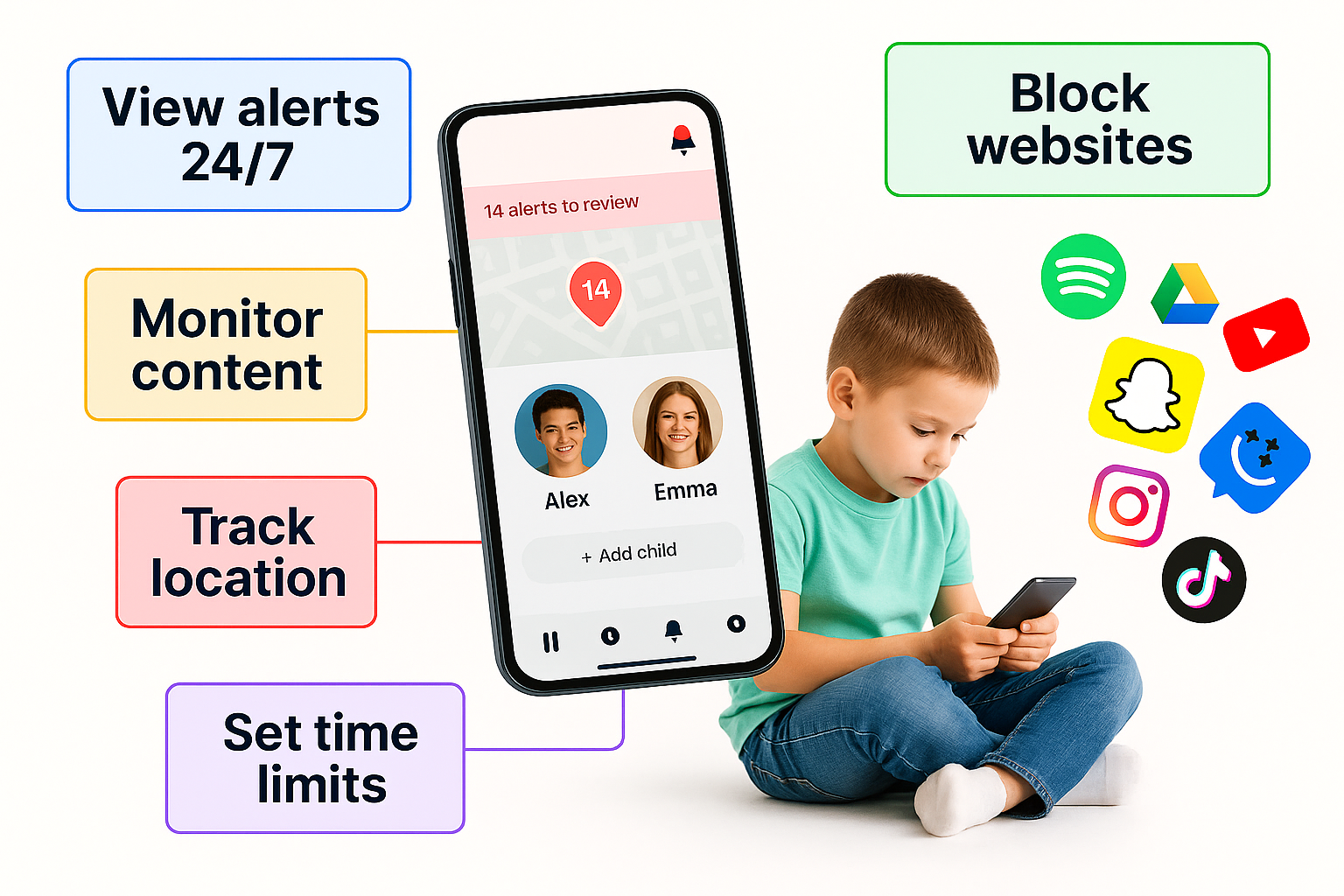When Your Child’s Phone Gets Lost — And What It Teaches Us About Digital Ownership and Responsibility
The Moment You Dread
It was a typical Saturday afternoon. My nine‑year‑old daughter, Harper, had just gotten her first phone two weeks earlier — a bright new model, her name etched on the back, a phone‑case that said “Safety & Adventures.” We thought we were set.
Until she came downstairs, eyes wide, tone low.
“I can’t find my phone.”
In that moment, the “kid phone” stopped being a toy and became something real. Loss, consequences, trust — all rolled into one silent sentence. What followed wasn’t just a search for the missing device — it became a journey toward deeper digital maturity.
The Search: Chaos, Panic, and Unexpected Awareness
The immediate hours were chaotic.
We retraced her steps: park bench, swing set, snack bar, friend’s backyard. Each stop a memory of where she used the phone. When we called it, it rang—but went to voicemail. That ring felt like a reminder.
She sat on the floor, tears brimming—not because of the cost, but because of what it meant. What would happen if someone found it? What of the photos, the messages, her contacts?
Suddenly the phone wasn’t just a fun gadget—it was a responsibility she hadn’t yet been taught how to manage.
The Lesson: Ownership, Responsibility & Trust
Over the next day, we had three key conversations:
- Ownership isn’t just handing over the device.
We asked Harper: “Who owns the device?” She answered: “Me.” Then we asked: “Who is responsible for it?” She looked at us, then whispered, “I am.”
Ownership meant more than adoring a new phone—it meant caring for something valued. - Mistakes are part of learning.
We didn’t punish her. We said: “Let’s find it together. Then we talk about how to protect it next time.” Mistakes became touchpoints, not disasters. - Privacy goes hand in hand with safety.
We discussed: what if someone found the phone? They’d see her contacts, messages, photos. We used this moment to cover not only care of the device, but digital hygiene: locking the screen, understanding what leaving a device behind can expose.
The Reset: New Rules After the Loss
When the phone finally turned up—on the bench at the park, charger still in the gym bag—it came back with a new contract. Not just for the phone, but for the lessons.
- Phone off charging zone: shared living room only.
- “Check‑in before leaving any place” rule: if you take the device somewhere, send parent a photo of location.
- One “phone audit” each week: check for lost items, misplaced cases, review where it was used.
- Digital “lock” code refresh: new pass‑code, ensuring Harper understood the value of security.
More than rules, it felt like stepping up from kid‑mode to junior‑owner‑mode.
Why This Story Matters for Every Parent
Every first phone comes with hype: “Here’s your device, here’s your freedom.” But rarely do we talk about the flip side: What happens when they lose it?
- Loss magnifies value. What a child misplaces teaches them more than what you tell them.
- Responsibility works best through moments, not lectures. The lost‑phone event triggered more reflection than week‑long rules ever would.
- Trust is built in recovery, not just handing over. Letting the child lead the search, err, recover—and then rebuild the plan—deepened our relationship more than initial excitement did.
Practical Steps for Parents: Turn Loss into a Lesson
- Before giving the phone, talk about: “What happens if you lose it?” Ask your child to list possible scenarios.
- Create a “find‑my‑phone” readiness plan: tracking enabled, contacts for lost device, parent number memorised.
- Introduce the concept of digital ownership: what it means, what responsibilities come with it.
- If the device is lost (or misplaced), use it as a teaching moment, not punitive. Guide them through recovery and reflection.
- Build a mini‑contract: what changed after loss, what safety steps will we take now, how will we treat the device going forward.
The Bigger Picture: Digital Citizenship Beyond the Device
What this story teaches isn’t just about phones. It’s about how children join a digital society. They move from passive consumers of tech to active participants. They learn:
- Their device is part of their identity—and also their responsibility.
- Mistakes online or with gadgets won’t define them, but how they respond does.
- Safety, privacy, respect for the tool—and for themselves—are lifelong skills.
When the phone is lost (or almost lost), the repair is more than replacing hardware—it’s building character.
The Lost Phone Was the Best Gift
In the end, the missing phone wasn’t a setback. It was a wake‑up call.
My daughter didn’t just get her device back—she earned a new plan, deeper trust, stronger habits. She moved from “phone user” to “phone guardian”.
When you hand a device to a child, it’s not just an accessory—it’s an opportunity. And sometimes, the lesson comes through an event you didn’t plan.
Embrace the moment. Let the loss teach more than the gain.

